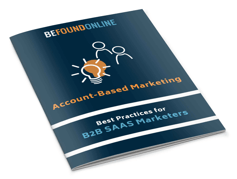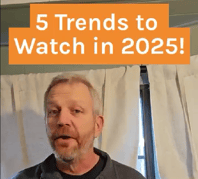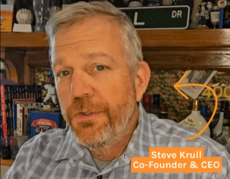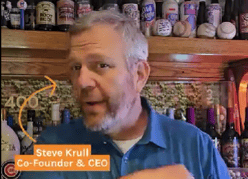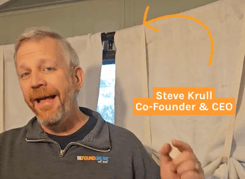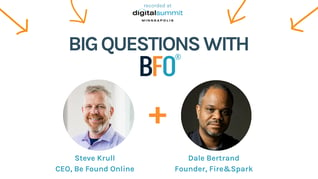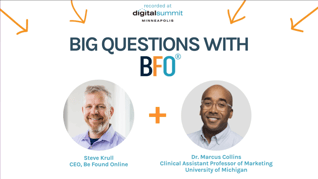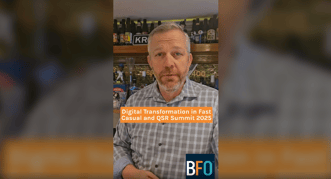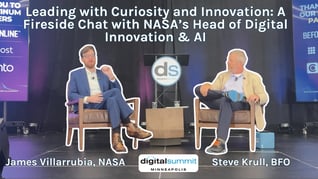Content, Context and Conversations: The Three Waves of Digital Marketing
October 05, 2018
4 Minute Read

From my perspective, the big word at Inbound 2018 was ‘data-driven’. It was everywhere, from talking about how to use data-driven insights to form a customer marketing strategy, to taking data-driven approaches to creating a brand experience. After leaving Inbound, I began to notice it more often. My inbox was filled with reach outs promising to deliver data-driven strategies. At first, I had loved the idea of backing up decisions with data, but after a few weeks of seeing it everywhere, it just started to feel like another one of those buzzwords that people use in every other sentence until HubSpot conjures up a new one to release at Inbound 2019.
However, there was one talk that I think took a very interesting angle to talk about data-driven marketing and made me rethink my distaste for the buzz term. Kevin Cochrane, from SAP Customer Experience, gave a talk titled ‘Using Data-Driven Insights to Deliver Personalized Experiences and Earn Customer Loyalty’. The session, despite having a similar name to ten other sessions that day, was quite different.
Cochrane talked about three societal waves that have developed since the personal computer became a household item, and how brands have evolved to mirror each era.
Wave One: Content
Wave one, which began to develop in roughly 1996, was all about accessibility. It began with the Apache web server, which allowed for anyone and everyone to publish a site to the open-source server, and suddenly, what had seemed like a tool for only the few smart enough to navigate it, became available to a much larger audience. Coinciding with the broadening of the world wide web was the emergence of personal email. After Microsoft purchased Hotmail, people were utilizing the platform from their own living room, something that was unheard of just a few years prior. This time period was characterized by the democratization of the internet that allowed for masses of people to access new and rich content at a scale unlike any other media platform of the past.
Brands began capitalizing on this era of information by producing their own content to take up space in the new ecosystem and grab the attention of potential customers.
Wave Two: Context
The second wave followed roughly ten years later in 2006 when Facebook opened up to the world, and suddenly the main reason for personal computers shifted from being information-based to social-based. People were no longer spending a few minutes a day at their desks to check emails and read the news, they were logging in to see what their friends were doing. Add in the invention of the iPhone, and you begin to see this trend of constant and ubiquitous internet access accelerate rapidly. However, this trend was paired with a financial crisis in the U.S., which added an interesting dimension to this era. The sobering financial state caused people to approach the path to purchase with much more discretion, looking for the true value of a product before running their credit cards. In this era, it was context that was the driving change agent.
Suddenly it wasn’t about simply putting forth content; Marketers were learning how and when to deliver that content so that it made sense in the greater context of people’s lives and ultimately, proved the value of their product.
Wave Three: Conversations
Fast-forward to 2016 and we begin to see the emergence of the third wave. Suddenly, there are multitudes of devices in people’s homes, beyond the computer or smartphone, that are interconnected and part of a larger ecosystem (IoT). Machine Learning and Artificial Intelligence are being woven into the products we use in our everyday lives. Our every move is now tracked, and the data is available to people we will likely never know. Queue in the Cambridge Analytica scandal, where suddenly it is unveiled that people’s psychographic data was being collected, sold and used to manipulate us without our knowledge. This was a truly pivotal point in this era because all of the sudden, there was a strong and loud movement for users’ data to not only be better protected from being unknowingly collected but also be better cared for by those who end up possessing it.
Rather than simply using people’s data to target them and then provide right content in the right context, brands suddenly realized that this data was much more powerful when it was used to for socially positive purposes. That’s why this era is best characterized by the shift toward brands connecting customers with like-minded communities.
A Data-Driven Approach to Improving the Lives of Others
After Cochrane’s talk, I couldn’t help but think about the latest Facebook television advertisements that came after the Cambridge Analytica debacle. The commercials share short stories about how people have used Facebook to build communities and connect with others in a time of need. The commercials, in my opinion, are hard evidence that confirms the theory Cochrane has put forward. Facebook made a major mistake, and as a result, they are changing the way they use customers’ data to enhance their users’ lives. (Whether they succeed, only time will tell).
We, as marketers, have a responsibility because of the data we have access to. The marketers who learn how to respect that data and use it to improve people’s lives by building like-minded communities will be the ones who win in the third wave of digital marketing.

The BFO Team
Here at BFO, we're always striving to bring you the latest and greatest in digital marketing insights and education. We're not ones to brag, but we've been lucky enough to be featured in all sorts of fancy publications and media outlets, strutting our stuff and showing off our industry expertise.
CATEGORIES
SUBSCRIBE TO OUR BLOG
Stay up to date with the latest industry best practices in digital marketing!








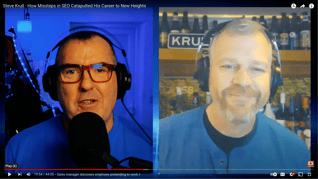







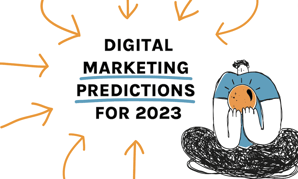
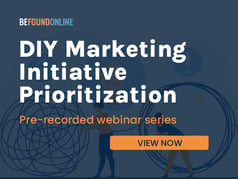
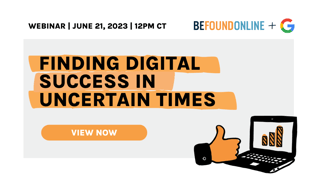




.png?width=339&height=179&name=Webinar%20Banner%20(1).png)

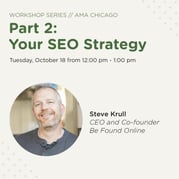

.png?width=339&height=179&name=July%20Webinar%20(Newsletter).png)

.png?width=339&height=179&name=Webinar%20Banner-April-02%20(1).png)
%20(4).png?width=339&height=179&name=Webinar%20Banner-May-02%20(1)%20(4).png)



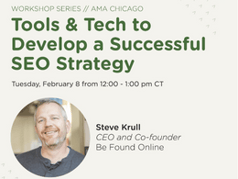
.png?width=339&height=179&name=March%202023%20Webinar%20Ad%20(autoresponder).png)

